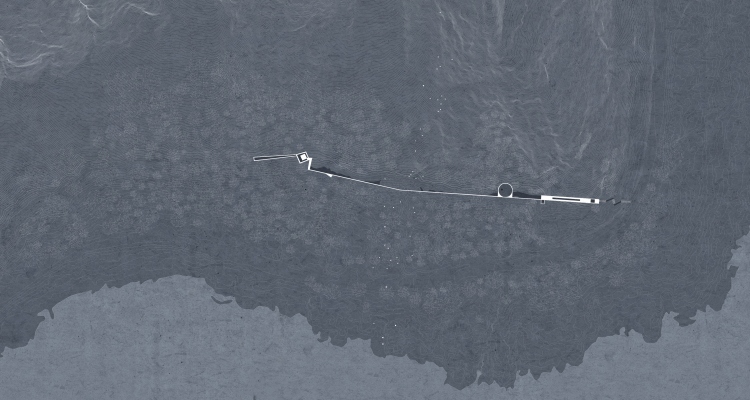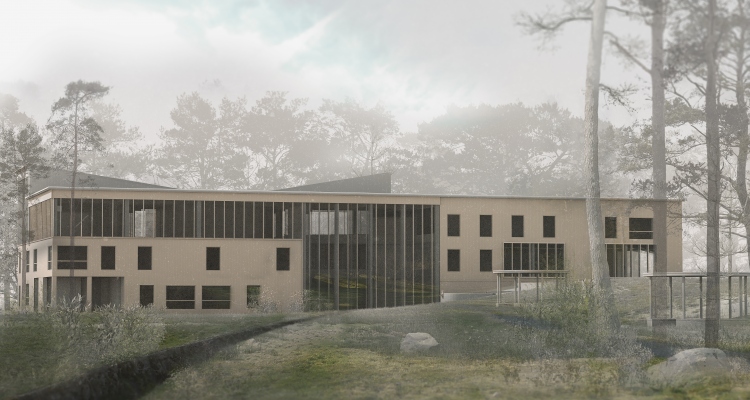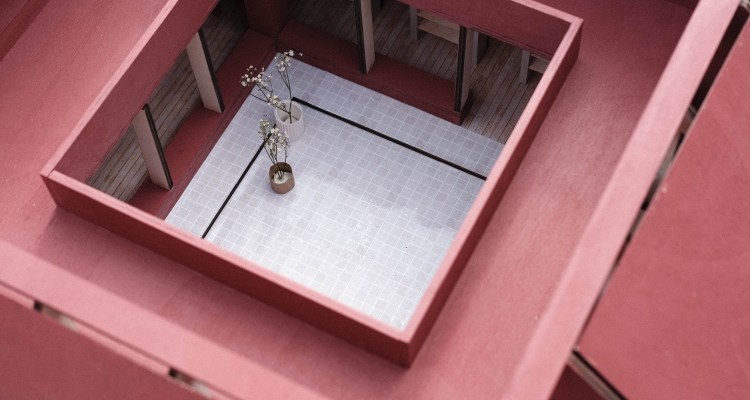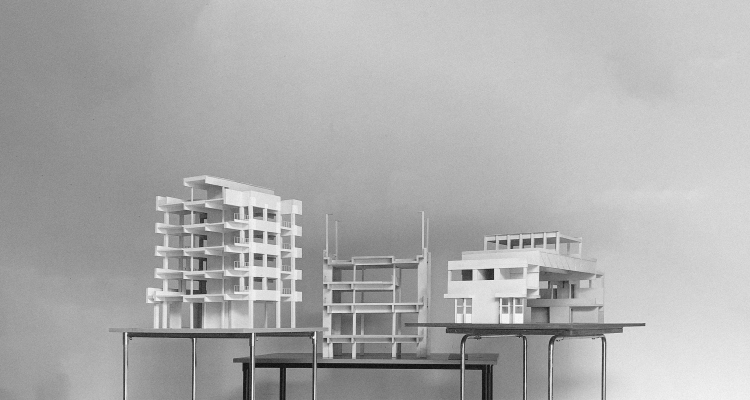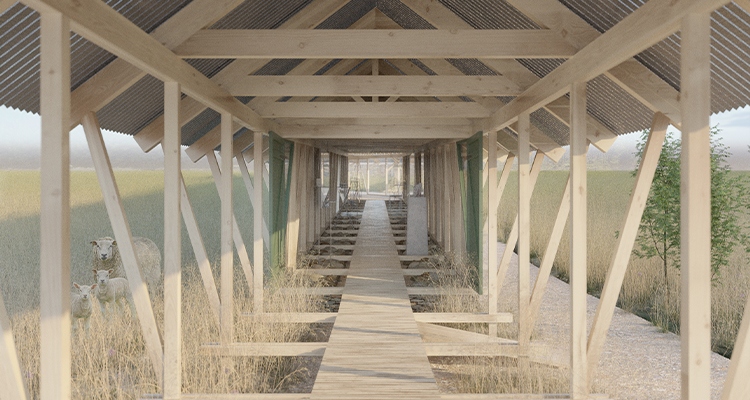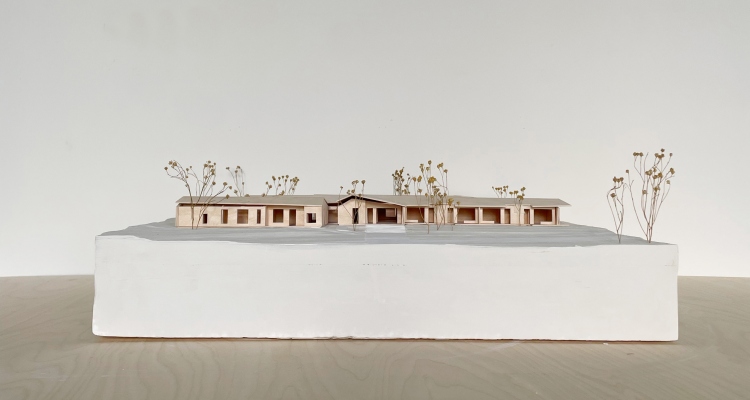
Diploma project

The aim of this diploma has been to show an architectural approach to the ongoing water crisis in the region of Murcia (Spain). The three projects each tackle three different challenges related to water scarcity: how to obtain more of it, how to use it in a more efficient manner and how to deal with flooding. Additionally the three proposals will relate to the social context by including programs that can involve and include the local community as well as the visiting tourists.
My thesis aims to create more housing in the form of vertical expansion of low-rise concrete apartment blocks from the 60s, without sacrificing the living standard of the existing residents, but rather by improving them.
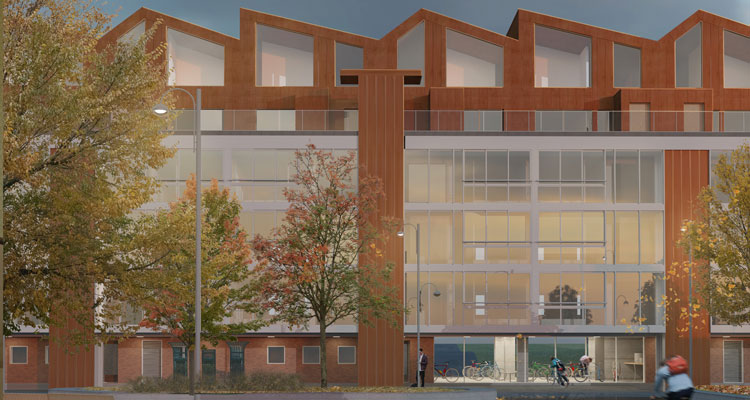
Exterior view from a public square
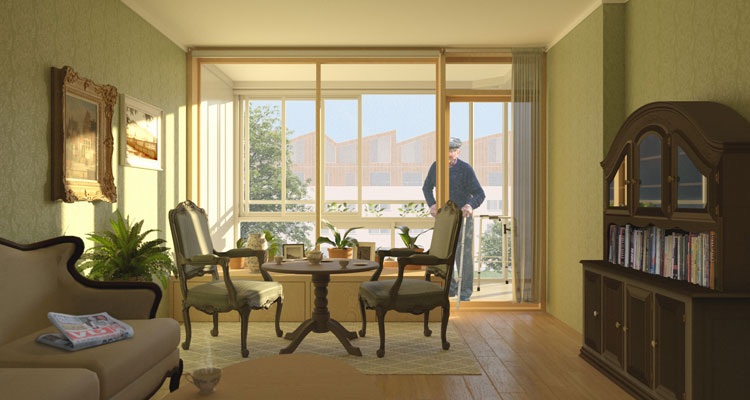
Interior view of existing apartment after the proposal

Exterior view from a public square

Interior view of existing apartment after the proposal
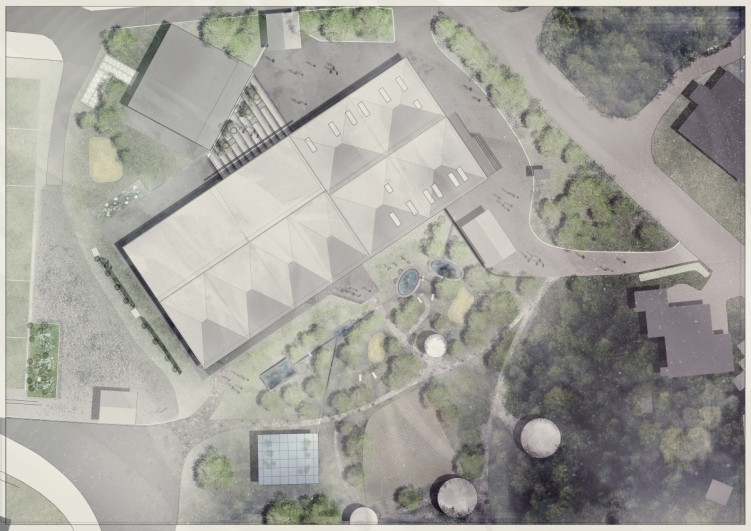
Mitt prosjekt er et forsøk på å designe en velfungerende skole med en relativt solid base i praktisk byggeteknikk med massivtre som hovedmateriale.
Formålet med oppgaven er å utforske massivtre som konstruktiv arkitektur. Utvikle et uteområde som komplementerer bygget og programmet. Designe en barneskole med god arkitektonisk kvalitet og realisme.
In architecture the home is a central place. It is, in one way, the essence of what we design. It’s our safe place. It’s where we live with of family, friends, or alone. It is where we feel protected, yet free. To do exactly as we wish, to relax, to play, to eat, to sleep, to think and look out through our little holes to the outside. But not all homes are harmless, peaceful and happy places. Some are troubled, and not filled with freedom and safety.

If the container is to outlive its contents, perhaps it must truly belong to the context it is situated within. This is easier said than done, especially in areas undergoing rapid development where past, present and future contexts stand at odds with each other.

The project is located at a central site in Grünerløkka by the intersection of Sannergata and Akerselva. The site descends gradually towards the river where large trees create a natural barrier and contrast to the busy street. The center is designed for all groups in need of therapy, particularly in water, but could also be open for schools in the area, regular swimming exercises for the occasional user or groups at times when not in use for therapy.
An Introduction
From the big towards the small, I began my diploma with an understanding of a place, Flø. A small community on the Norwegian west coast. My first meeting with the place was the summer of 2021, prior to the pre-diploma. The meeting made a memorable impression, and I wanted to know more. The culture, the nature and the atmosphere. This had to be the place of my diploma.
From the big towards the small, I began my diploma with an understanding of a place, Flø. A small community on the Norwegian west coast. My first meeting with the place was the summer of 2021, prior to the pre-diploma. The meeting made a memorable impression, and I wanted to know more. The culture, the nature and the atmosphere. This had to be the place of my diploma.
How can a reading of a fictional text inspire and generate an architectural project?
A process-based project looking into the possible relations and distances between architecture and literature. Based on a subjective reading of Dag Solstad’s short story Det plutselige øyeblikk (Spiraler, 1965), the project is a work of architectural translation. Edited into a book, it unfolds as a dialog between theoretical and practical, exploring the transitional space.
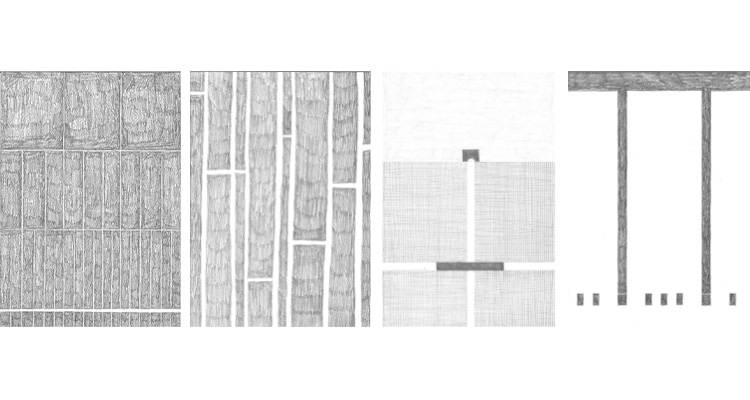
A process-based project looking into the possible relations and distances between architecture and literature. Based on a subjective reading of Dag Solstad’s short story Det plutselige øyeblikk (Spiraler, 1965), the project is a work of architectural translation. Edited into a book, it unfolds as a dialog between theoretical and practical, exploring the transitional space.

There is an interaction between human health and the built environment. How we design our buildings affect us. A good physical environment can stimulate, engage and improve a person’s sense of coherence and thereby promote health. Architecture can be healing.
